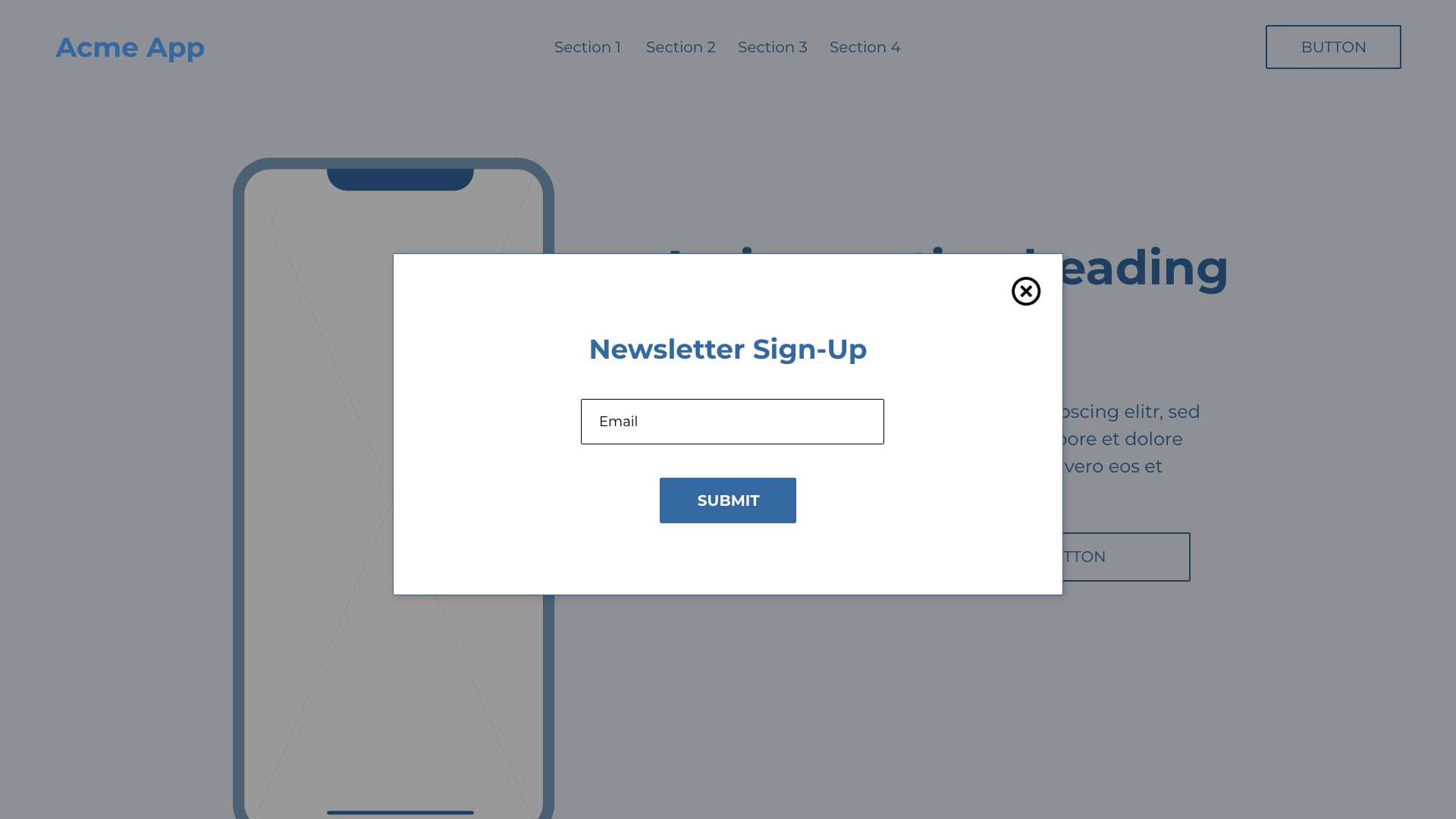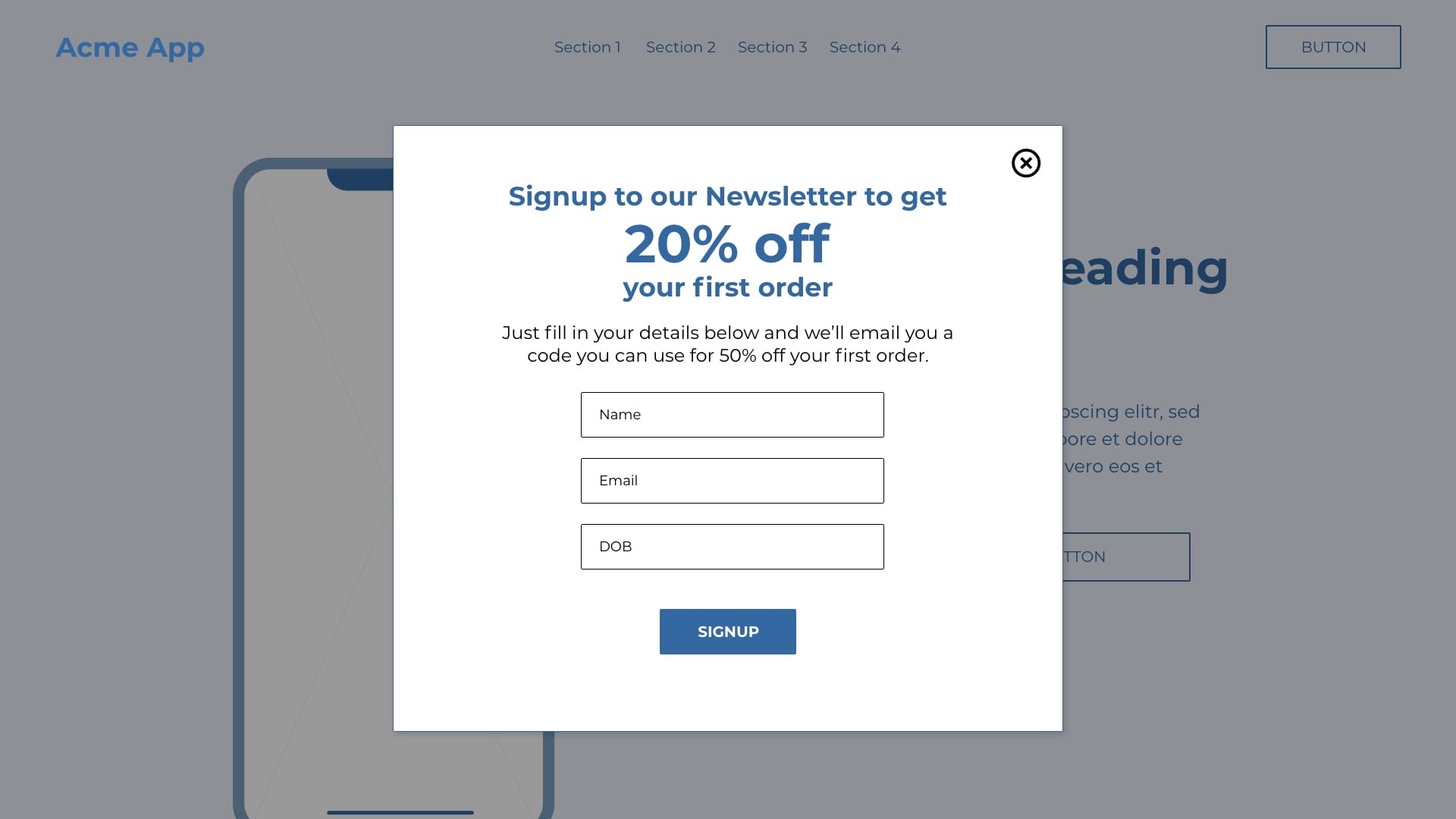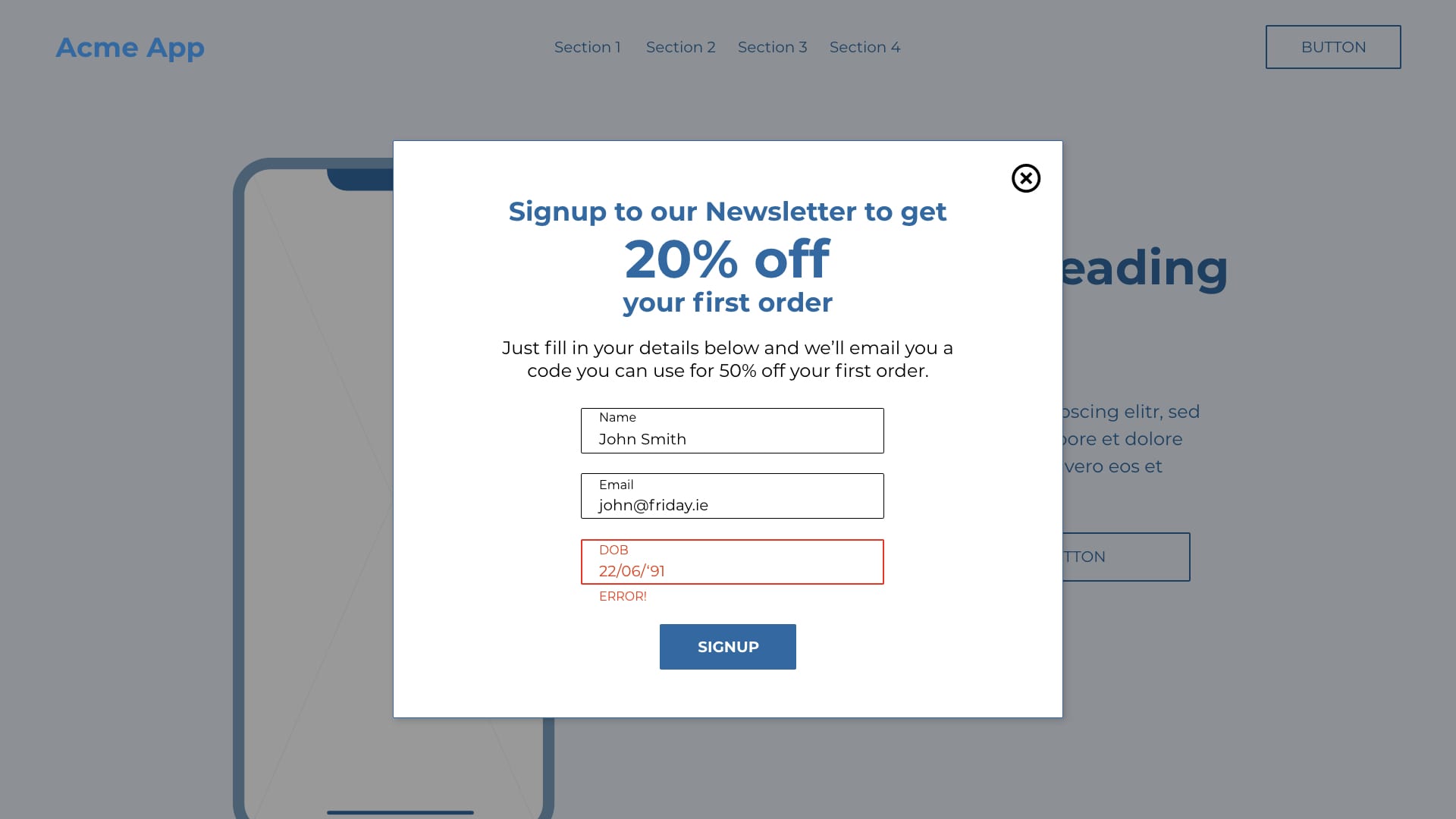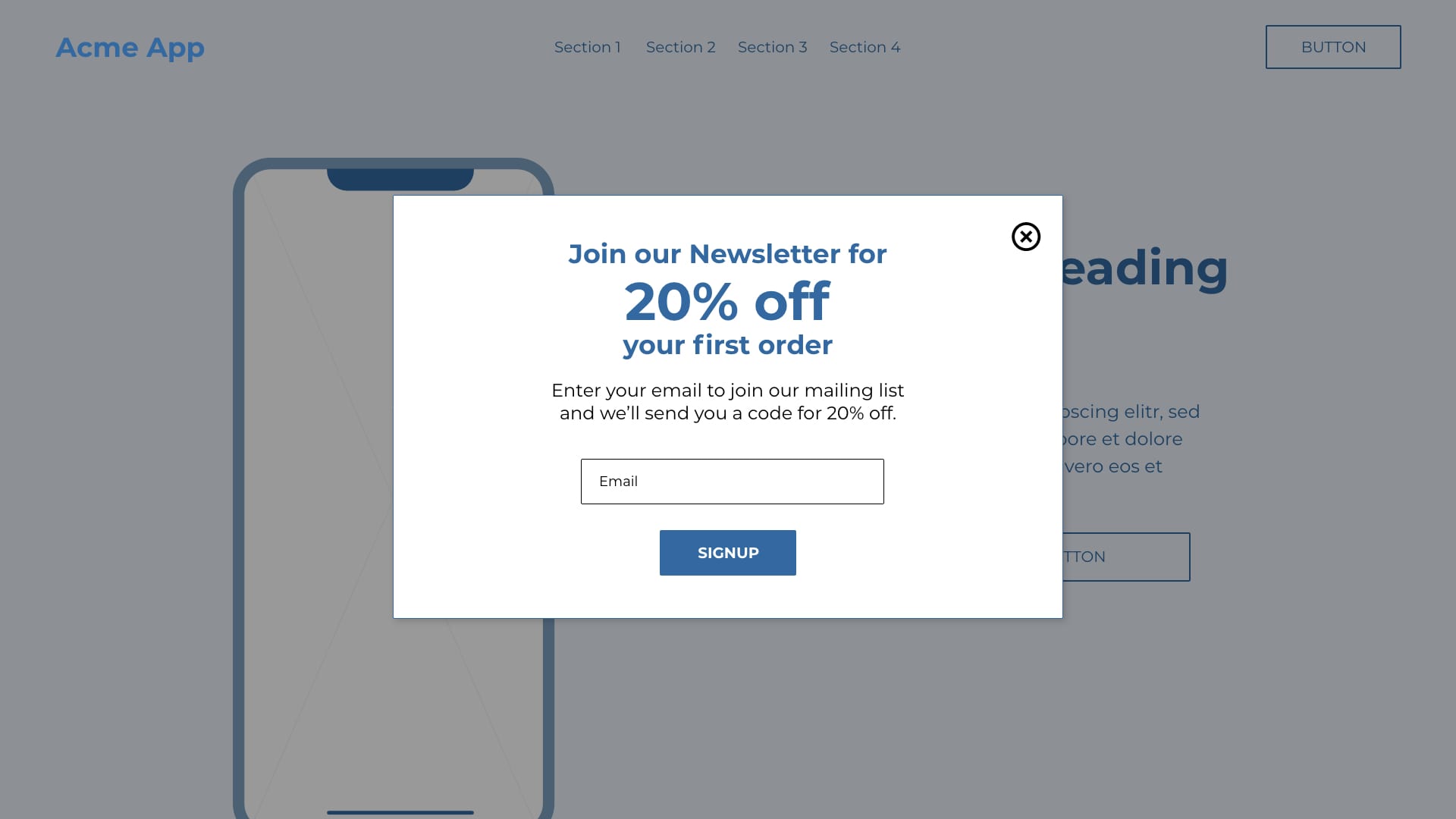Persuasive design: How to make shit happen
Surprisingly, this is my first post to mention toasters more than once, you’ll see why later. In my last post, I discussed How to be Persuasive and The 6 Principles of Influence. Being persuasive is one thing, but how do we actually change behaviour and influence someone to do something and take the action to convert?
The focus of UX design can often be centred around user research and the usability of an interface, how simple and intuitive it is to use. This ultimately increases the user’s ability to complete a task but just because a user has the ability to do something, doesn’t mean they’ll do it.
In 2009, B.J. Fogg, a social science research associate at Stanford University developed a very simple behaviour model that illustrates the three elements that need to be present at the same time in order to persuade someone to do something.
I’m going to get a little bit geeky here but bare with me, its very simple. Behavioural change requires a sufficient amount of ability and motivation along with a prompt in order to persuade someone to do something. It is only when all 3 elements of the model are present at the same time that the behaviour can happen.
1. Motivation
Motivation is what makes the user want to complete a task. This is the background story, what drives them to do something. This could be something as simple as a user who loves to eat toast needing a new toaster because their old one has broken.
2. Ability
In order for a user to perform a task they must have the required ability, the easier the task the higher the ability they’ll have. Ability can range from the user requiring time, money, mental or physical capacity to complete a task. In UX it can be the ability to fill in a form easily or when it comes to the toaster, does the user have enough money (ability) to buy the toaster?
3. Prompt
Without an appropriate prompt, the behaviour will not occur, even if high ability and motivation are present. A prompt or trigger can be something that reminds or reveals an opportunity for the user to carry out the desired behaviour at an appropriate time.
A prompt can also help with motivation. Let’s say a user is in the market for a new toaster but they don’t have enough money to buy one. Then, they see a social media ad for half price toasters, this is the prompt that motivates them to buy the toaster because the prompt reveals that they now have the financial ability to buy the toaster.
Fogg’s Behaviour Model can be used to quickly test the effectiveness of any desired behaviour by asking three simple questions:
- Is the user motivated enough to do what you want them to?
- Does the user have the required ability to carry out the task?
- Has the user been reminded to perform the desired behaviour at the right time?

Any call to action can be checked against this model to predict its effectiveness, be they toaster ads or otherwise. Remember, for a behaviour to happen, the three elements have to happen at the same time: motivation, ability, and trigger.
B = MAP
Graham recently gave a talk at the 3XE Digital UX Conference in Dublin around this very topic. He gave some good examples of Fogg’s behaviour model in practice.
Prompt with low motivation
In this example a user is prompted to signup for a newsletter, while the ability is high, motivation is low due to lack of any value being offered. Why would a user want to signup to this newsletter?

Prompt with high motivation but low ability
This example creates motivation by offering users a 20% discount on their next order if they signup for the newsletter, great! However, the ability is low as users are asked to enter their date of birth without a reason and it does not tell the user what format the date of birth should be in. Ability will be low because of this.

The following error message doesn’t help either!

Prompt with high motivation and high ability
This is what a successful prompt looks like, motivation is high because of the value on offer in return for signing up and ability is high because the user simply has to enter their email address.

This is all very simple and obvious stuff but you’d be surprised how many marketers overlook testing calls to action against this model.
The great man himself, BJ Fogg, explains the simple formula for the behaviour model in this 2 and half minute video if you’d like a quick recap:


